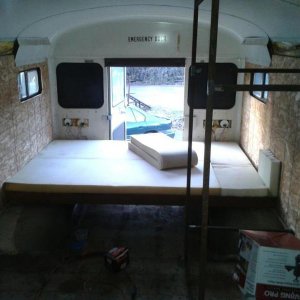Jeepasaurusrex
Well-Known Member
I was humbled today. I thought I could buzz shut a few holes in the transom of Dad's aluminum jet sled today. Boy was I wrong. I put a piece of aluminum as a backer behind the holes and attempted to TIG them shut. The filler material would bond to the backer, but in no way would bond with the transom material. I am thinking it is some sort of alloy. I was using 5356 filler rod. Any ideas on a different filler rod to use to get it to bond? :corn:


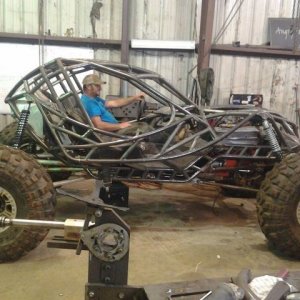
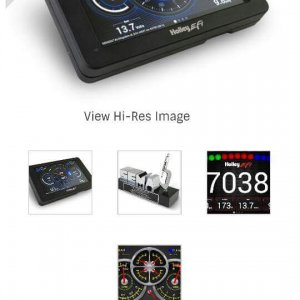
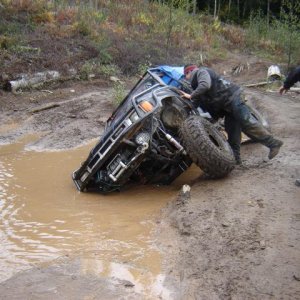

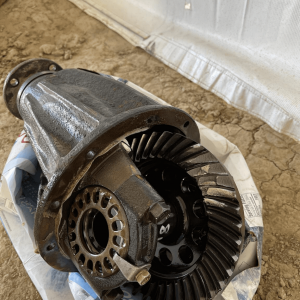
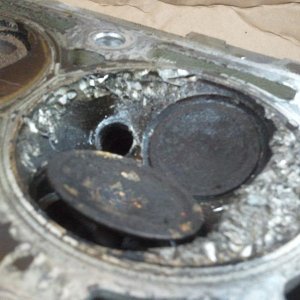
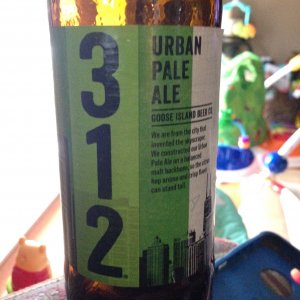
![PICT2090 [640x280].JPG](http://attachments.www.hardlinecrawlers.com/xfmg/thumbnail/31/31210-714d95d94cacadf9ad4274f0bef905a3.jpg?1683572432)
